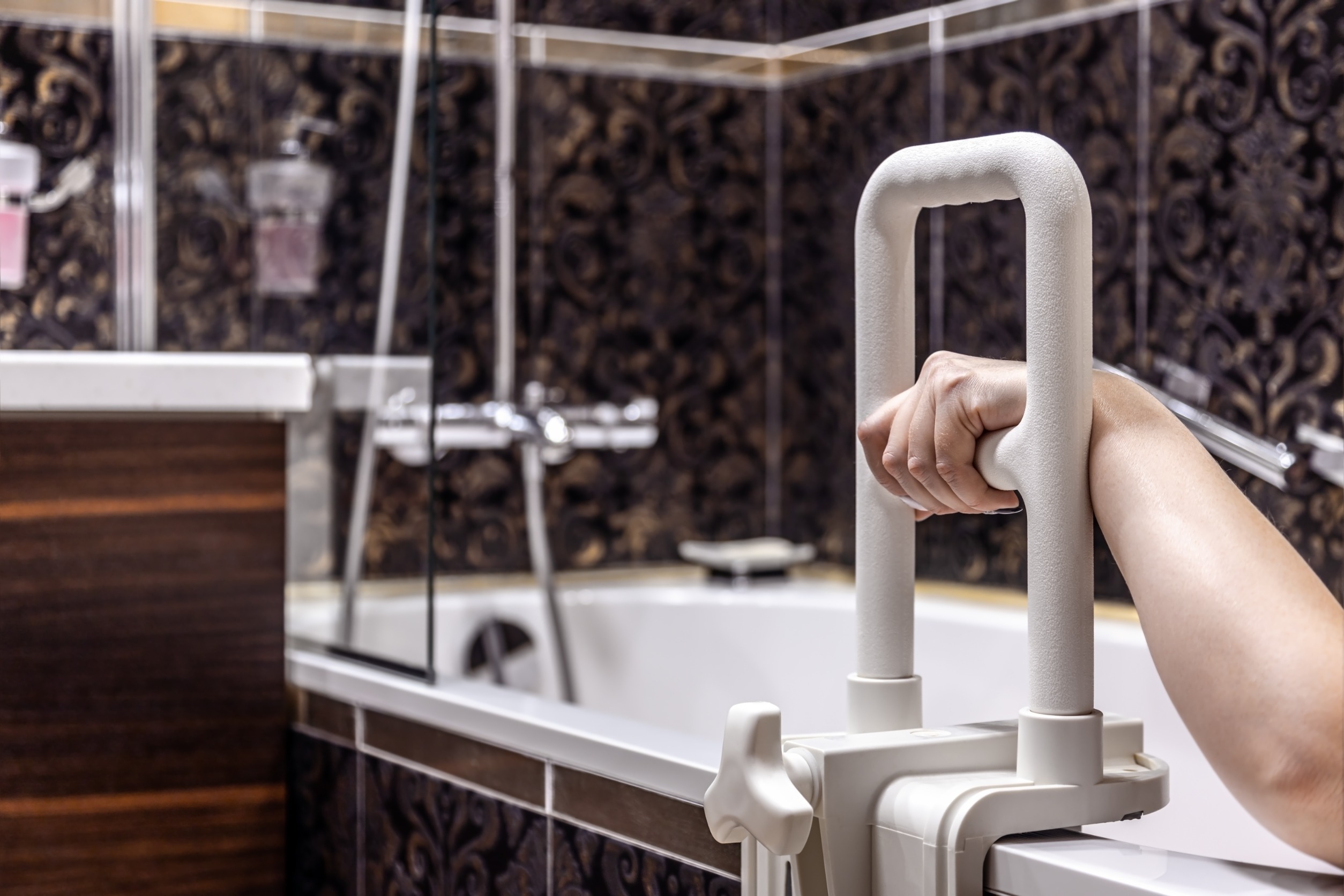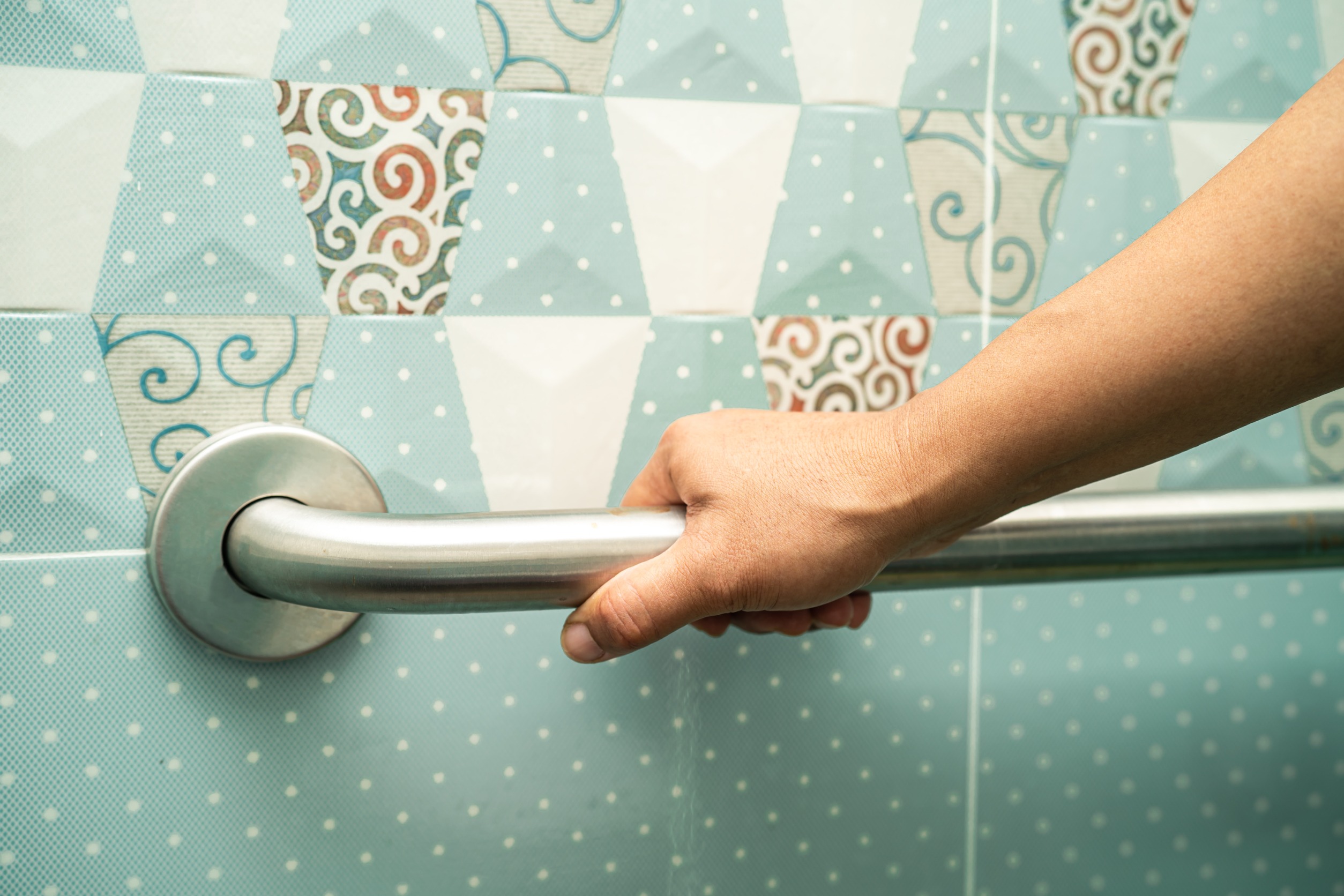
Creating an accessible bathroom is a thoughtful and practical investment that can greatly enhance the quality of life for homeowners and their guests. Whether you’re planning for the long term with aging in mind or considering the needs of family members with disabilities, a well-designed accessible bathroom can provide independence, safety, and comfort. Read on to explore key considerations and tips for designing an accessible bathroom that meets both functional and aesthetic needs.
The Principles of Universal Design
When it comes to designing inclusive spaces, it is often assumed that functionality takes precedence over style, leading to uninspiring and clinical aesthetics. However, this couldn’t be further from the truth. Accessible design is an opportunity to redefine beauty by seamlessly integrating form and function. It’s about creating a space that is not only practical but also visually stunning.
Essential Elements of Accessible Bathrooms
Bathrooms, often considered private sanctuaries for personal hygiene and relaxation, should be accessible and welcoming to all individuals, regardless of their physical limitations.
Wide Doorways
The first step in designing an accessible bathroom is to ensure that the space is easy to navigate. Wheelchairs and mobility aids require wider doorways and ample space to maneuver. Aim for a clear floor space of at least 60 inches in diameter to allow for easy turns and movement.
Grab Bars

Grab bars aren’t just additions; individuals with mobility impairments often need extra support and stability to avoid falls and maintain their independence. This is where grab bars come in. They are not simply additions to a bathroom or other living space; they can be literal lifelines for those who rely on them for daily tasks. Properly placed grab bars can provide crucial assistance with transfers, standing, and maneuvering throughout a living space. You should also choose models that can support a person’s weight and are securely anchored to the wall.
It’s important to note that not all grab bars are created equal. Installing grab bars requires expertise to assess each person’s unique needs and decide where each bar should be placed. For example, it should be installed in areas where there is a high risk of falls, such as near the toilet or in the shower. They should also be positioned at the appropriate height to ensure maximum safety and support.
Adjustable Showerheads
Showerheads that can be adjusted in height and angle offer flexibility and convenience for individuals with various needs, including those with disabilities. Wheelchair users, for instance, can benefit from the ability to shower while seated. At the same time, individuals with limited upper-body mobility can enjoy the flexibility of changing the height and angle of the showerhead to suit their needs.
When it comes to installing showerheads, it is worth considering handheld options. These types allow for even greater flexibility and control, as they can be easily moved around the body and adjusted as needed.
Overall, investing in adjustable and handheld showerheads is a small change that can make a big difference in the lives of individuals with varying needs.
Accessible Fixtures
Accessible fixtures are the cornerstone of an inclusive bathroom design. Consider installing cabinets with pull-out shelves and drawers instead of traditional doors. This allows for better visibility and access to items without the need to crouch or stretch. Opt for lever-style faucets, which are easier to use than traditional knobs. Consider installing a wall-mounted sink to provide better wheelchair clearance underneath.
Non-Slip Flooring
Slippery floors can be a major safety hazard, particularly for people with mobility impairments. To reduce the risk of falls, it is advisable to install non-slip flooring in the bathroom. You can choose from textured tiles or vinyl flooring with a high coefficient of friction to ensure a stable and secure footing. By taking these precautions, you can make your bathroom a safer place for everyone.
Zero-threshold showers not only eliminate tripping hazards but also provide easy wheelchair access.
Accessible Toilet Design
Toilets with comfortable height bowls (17 to 19 inches tall) are easier to use for individuals with mobility challenges. Consider installing a raised toilet seat if needed. Ensure there is sufficient space around the toilet for easy transfer from a wheelchair.
Accessible Mirrors
Install mirrors at different heights to accommodate users of varying heights, including those who use wheelchairs. Tilted mirrors can be particularly useful for individuals who use a seated position.
Accessibility beyond Essentials
While accessible fixtures form the foundation of an inclusive bathroom, true inclusivity extends beyond the mere presence of grab bars and lever-handled faucets. It encompasses a holistic approach that considers all aspects of the bathroom experience, from visual cues to auditory environments and the seamless integration of technology.
Color Contrast
Color contrast is an often overlooked yet crucial element of accessibility. For individuals with visual impairments, clear color contrast between walls, floors, and fixtures can make a world of difference in navigation and obstacle avoidance. A well-balanced color scheme provides visual cues, enhancing spatial awareness and minimizing confusion.
Lighting
Adequate lighting is important for individuals with visual impairments. Providing task lighting near the sink, shower, and toilet ensures clear visibility for daily tasks. Ambient lighting should be well-distributed throughout the bathroom to illuminate the space evenly.
Acoustics for Comfort
Beyond the visual, consider the auditory aspects of the bathroom design because acoustic considerations are often neglected. They significantly impact the experience of individuals with auditory sensitivities or hearing impairments.
Sound-absorbing materials can help reduce reverberation and noise levels, creating a more tranquil atmosphere. Consider installing quieter fixtures, such as low-flush toilets, to minimize noise disturbance.
Signage
Signage, both visual and tactile, is essential for individuals with visual impairments.
Clear and concise signage, with raised lettering, braille symbols, and pictograms, provides essential guidance while navigating the bathroom. Tactile signage should be placed at strategic locations, such as near the entrance, sink, and shower.
Transform your space with excellence! Visit Excelsior Lumber Company today and discover why we’re the premier choice for builders and homeowners alike. Elevate your design, redefine accessibility, and create a home that’s both beautiful and accommodating. Let’s build it together! Contact us for personalized assistance and start your journey to a stunning, accessible home.
